After over a century, the Oriental Institute of the Czech Academy of Sciences in Prague (or the Oriental Institute) has begun a new chapter: it welcomed the first Asian of Filipino descent as its head librarian. Information specialist Dr. Reysa Alenzuela manages a collection in over 140 languages to link scholars around the world. Specializing in how information connects with people and technology, the Filipina international librarian leads the institution’s initiatives to ensure its archives and indispensable resources are accessible to a broader audience.
For International Women’s Month, GMA News Onlines features a photo essay about Dr. Alenzuela as she redefines the role of a librarian in the digital age. Dr. Alenzuela challenges librarian stereotypes by leveraging emerging technologies and innovative archiving strategies. Her work leaves an indelible mark, inspiring a fresh perspective on librarianship, promoting inclusivity, and igniting interest in careers aligning with the evolving landscape of information science.

One for the record books: Dr. Alenzuela began her head librarian role at the Oriental Institute in 2021. This institution has a massive collection of literature, publications, archives, photographs, and other documents from different parts of Asia, the Middle East, and North Africa.
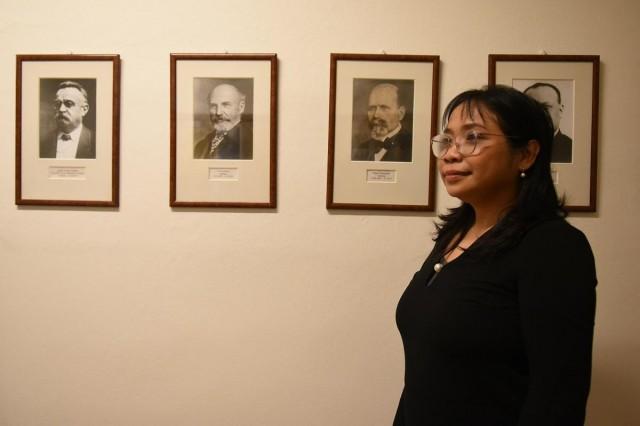
Expanded boundaries: In one of the hallways at the Oriental Institute hang a series of portraits of the great men and women who have headed the Institute since 1922. The current director, Mgr. Tana Dluhosova, Ph.D., guides a group of researchers, including several women in senior leadership roles such as Dr. Alenzuela.
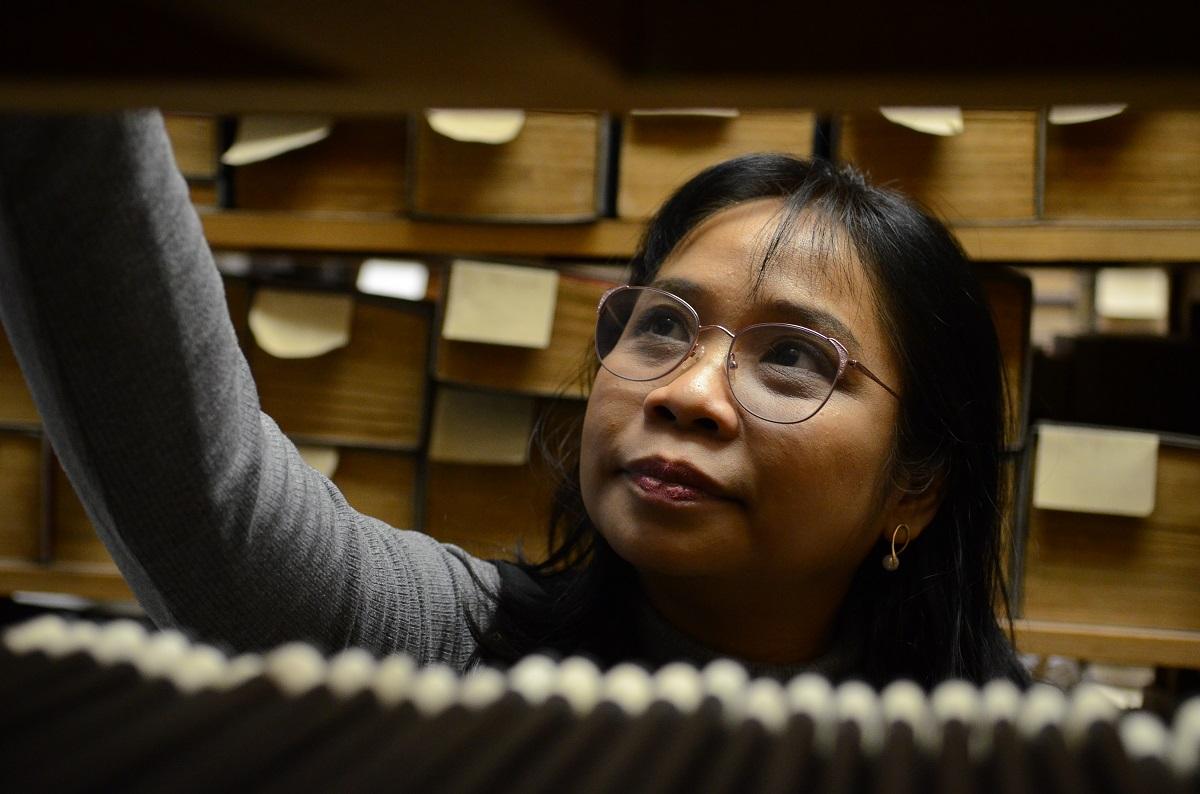
Serendipity: Dr. Alenzuela’s posting at the Oriental Institute may be a stroke of serendipity. Her first out-of-the-country trip to Hong Kong, Guangzhou, and Shenzhen was her “first vicarious experience of a different culture”. Now, she is exposed again to Chinese culture, in the form of historical resources stored in the Lu Xun Library.
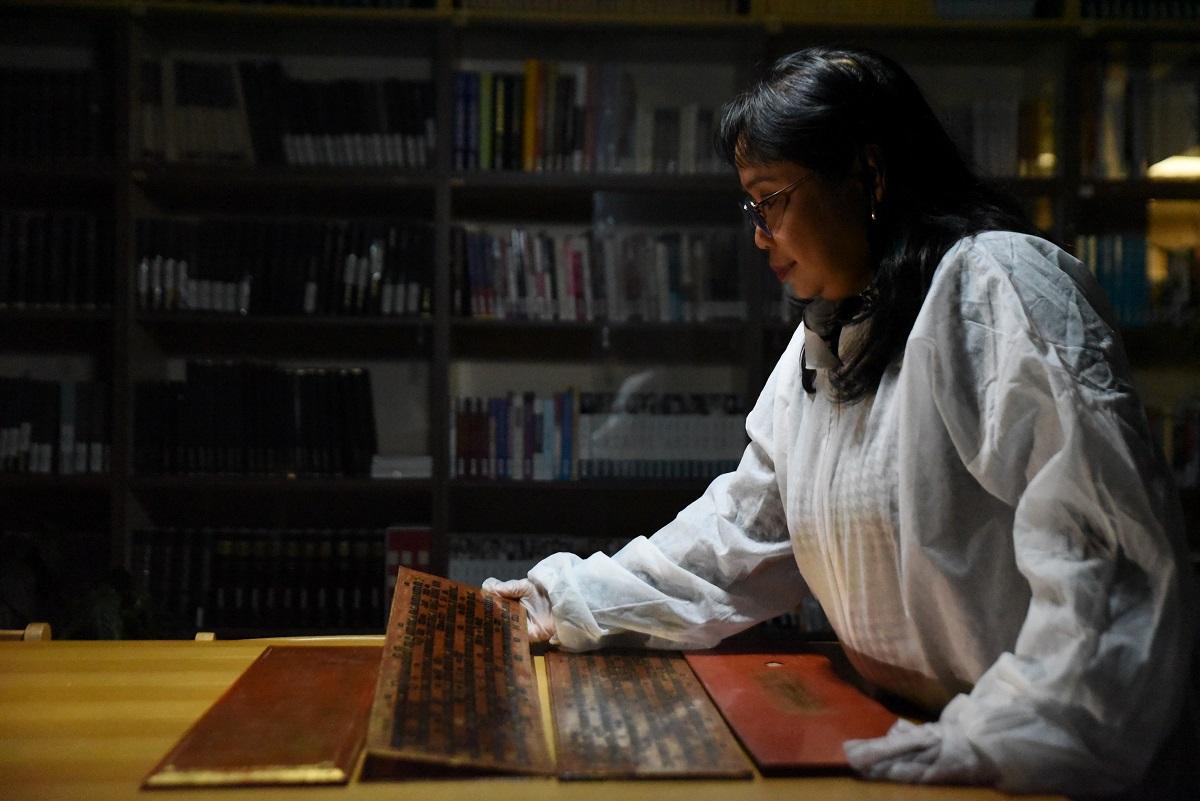
Looking into the Kammavaca: Dr. Alenzuela examines the Kammavaca, an intricately designed manuscript written in P?li, a special language used in the important texts of Therav?da Buddhism. Encased in a wooden cover, the Kammavaca has slender texts written in black lacquer-coated text on copper plates adorned with a gold base. The Kammavaca are special types of manuscripts from mainland Southeast Asia.
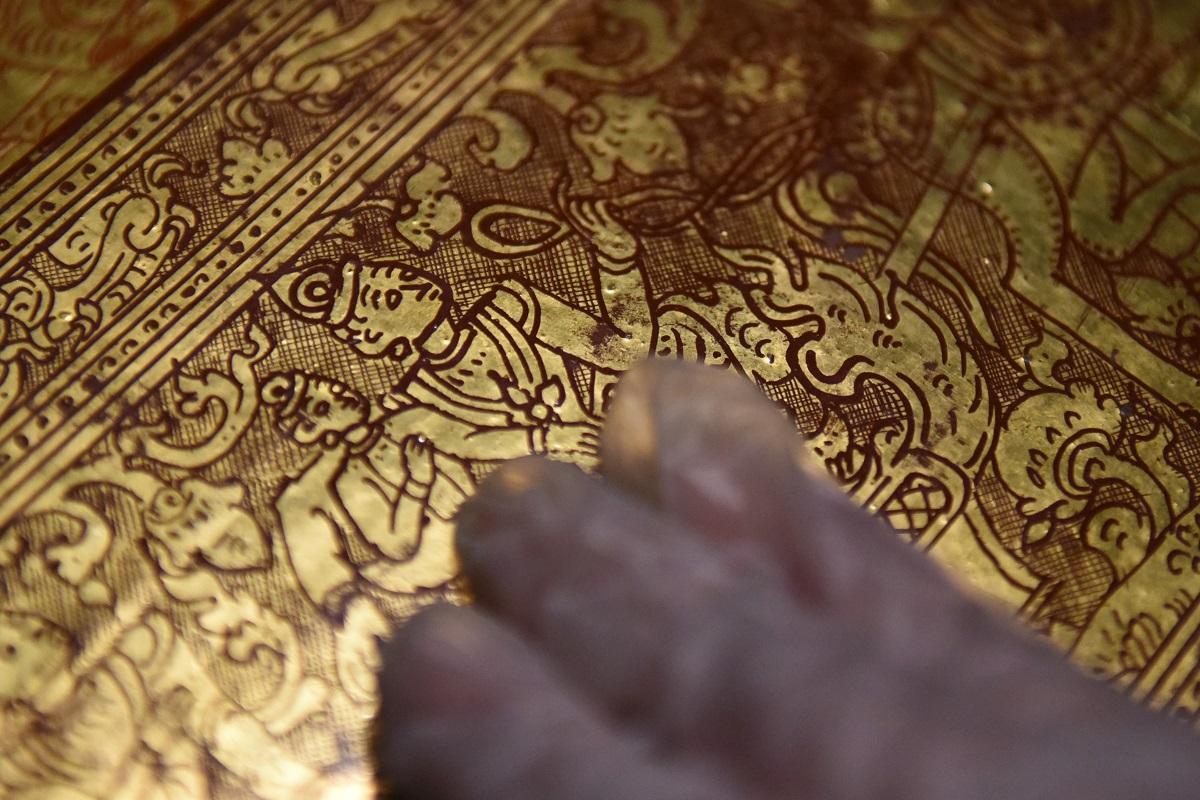
A story of generosity: One of Oriental Institute’s most remarkable artifacts, the Kammavaca is a ja?taka (Sanskrit for “birth story”) of Prince Vessantara, a compassionate and generous royalty regarded in the Buddhist tradition as a bodhisattva (or a “Buddha-to-be”). The Kammavaca’s narrative progresses through a combination of texts, slender drawings of humans, and symbolic elements such as leaves, birds, lions, and circles.
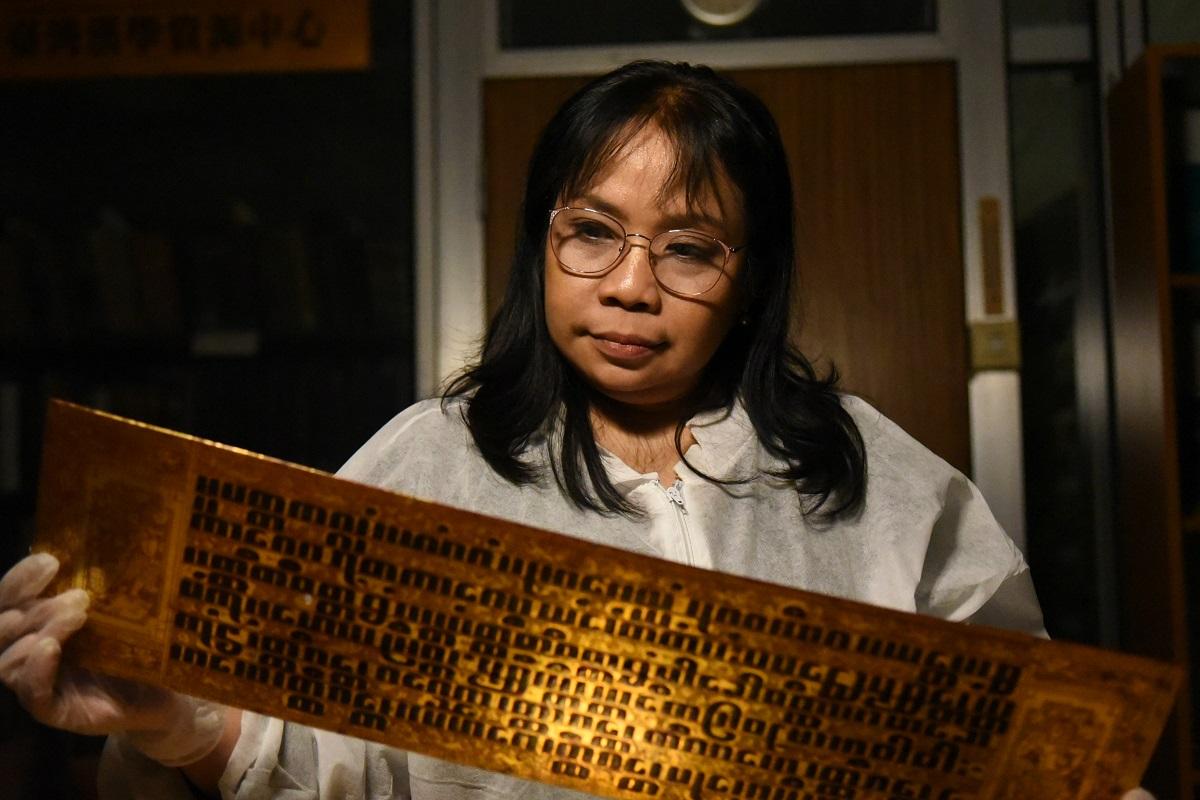
A historical vessel: Dr. Alenzuela is collaborating with external scholars to research and expand the manuscript’s narrative and confirm whether some copper plates contain powdered human bones.

Digital tools of the trade: Alongside her digital preservation projects, Dr. Alenzuela has been exploring various software to facilitate digital archiving of documents and publications.
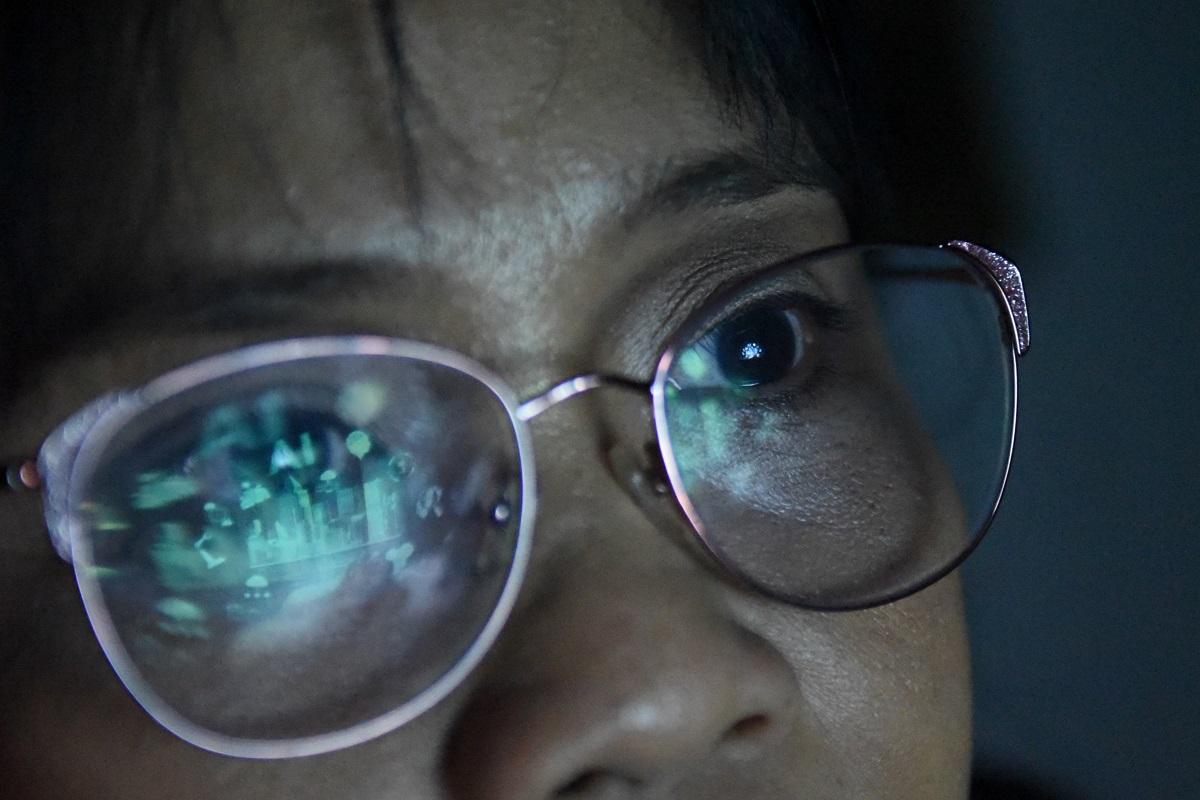
Technology-driven archiving: For Dr. Alenzuela, new technologies enhance efficiency and precision in archival processes. However, evolving technologies like AI face challenges associated with data bias, ethical concerns, and dependence on the quality of data being fed. Dr. Alenzuela balances efficiency and human touch to preserve the authenticity of historical materials.
—with help from Naiza Brazil and Aieshah Balmori/KBK, GMA Integrated News











